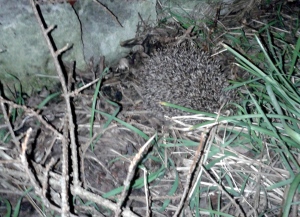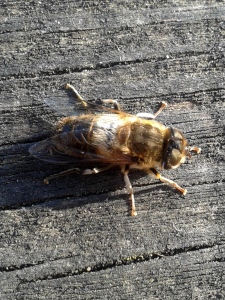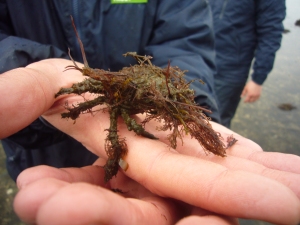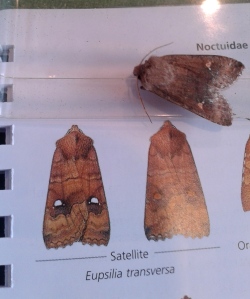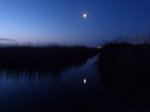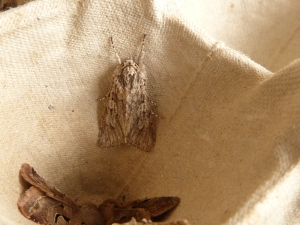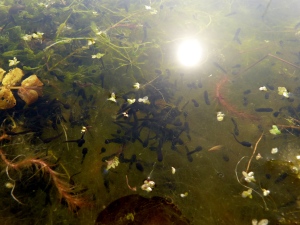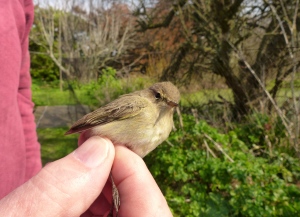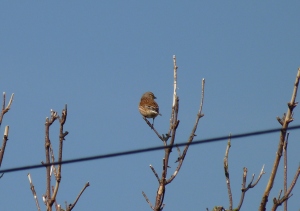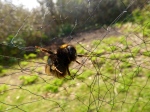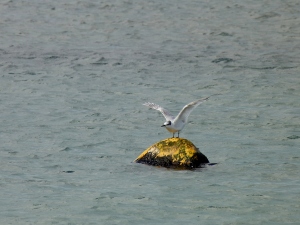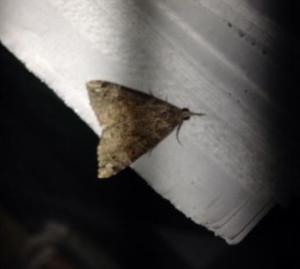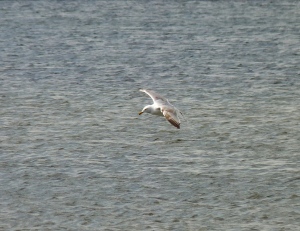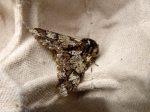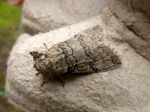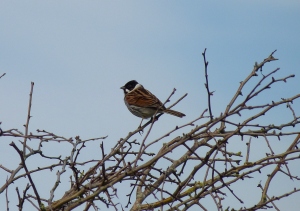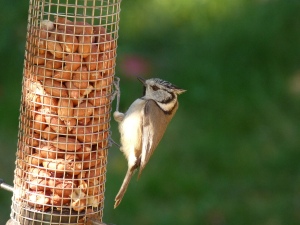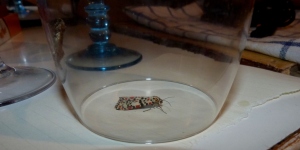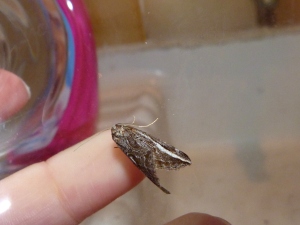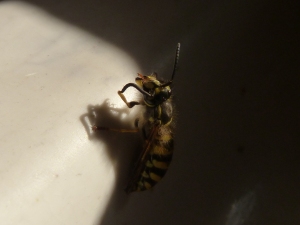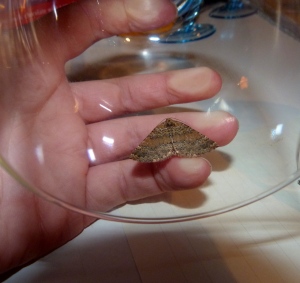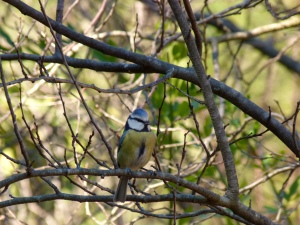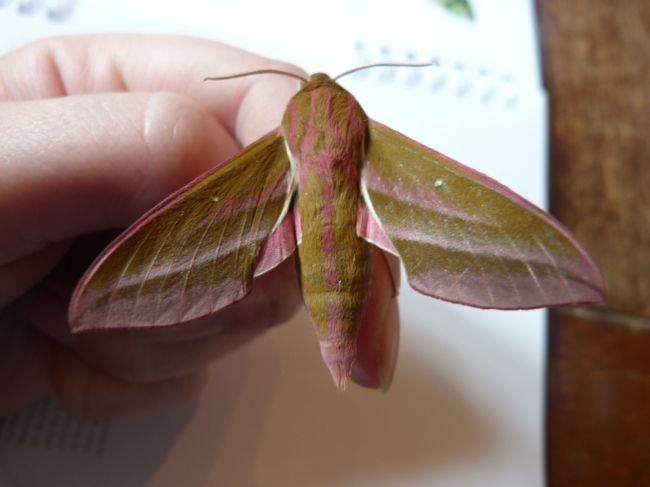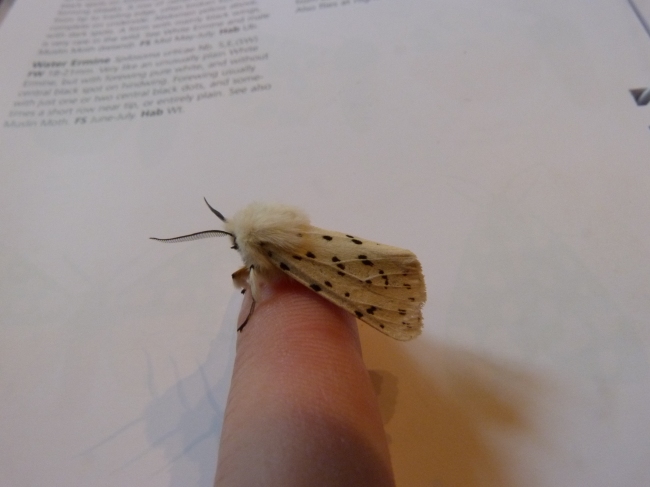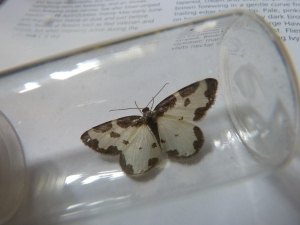Wear Sunscreen
An interesting week full of different things – events, exploration and of course some moths. With a moth trap on loan from a friend, and permission to set it out in the garden, I’ve been hoping for some interesting moths. A plume moth was nearby but didn’t deign to enter the trap, but that was ok because there was a hedgehog in the garden! I haven’t seen in a hedgehog in so long, so I was super excited. The hedgehog was less impressed and buried its head in the grass in order to ignore me.
On Thursday came a real test for me, my first event at Chesil that I organized and led. It was a Wildlife Trackers day, with the children working out which animals had visited the centre and left clues behind. It was great fun, with everyone becoming detectives, considering the evidence and solving the mystery.
My creative-on-a-budget-side came up and I made an otter holt which I am incredibly proud of! Namely because my creative side normally hides away from me and I have to poke it out with a stick.
Thursday also saw a bit of an exploration around Portland Bill as a friend was visiting. Whilst I already knew that Dorset / Portland is an amazing county, this little adventure reminded me of that. Look at these views!
Later in the week, I joined in at a BioBlitz in Wareham. Now if you’ve not heard of a BioBlitz before, no worries, the premise is: IDENTIFY EVERYTHING! Luckily, the organisers enlist experts to cover most of, if not all of, the groups. This time round, the main experts were in plants which was useful for Sarah, another trainee, who is trying to improve her plant ID skills!
For me, the invertebrate expert arrived later, so I used social media and apps to help with the identification of caterpillars and ladybirds. It was actually really fun doing it this way and it helped me in learning how to use the apps for future reference.
I caught a new moth on Saturday night, one that I’ve never come across before! A good learning opportunity. I browsed my moth ID book, but had trouble locating it there so crossed over to Twitter to browse the #teammoth to see if anyone had caught something similar. And sure enough, someone had! It was a male Shuttle-shaped Dart Moth. Quite a common species, so not extremely exciting, but good enough for a learner!
The week finished off in style – marshalling for the Walk For Wildlife Event, a fundraising event for Dorset Wildlife Trust. It was a truely difficult day that I had to fight my way through. Imagine this, sitting in the sunshine all day, at a local pub! How I managed it I do not know.
All kidding aside, there was a bad side to this – I’d forgotten my suntan lotion and got a horribly red face. Complete with a white eye mask due to my sunglasses. Such a great look (she says as she hides indoors!).
I shall end with this nice photo of a hoverfly who chilled at my pub table for a while, and a reminder to wear sunscreen because (a) red is not a good look and (b) to go without is very unhealthy for the skin.

